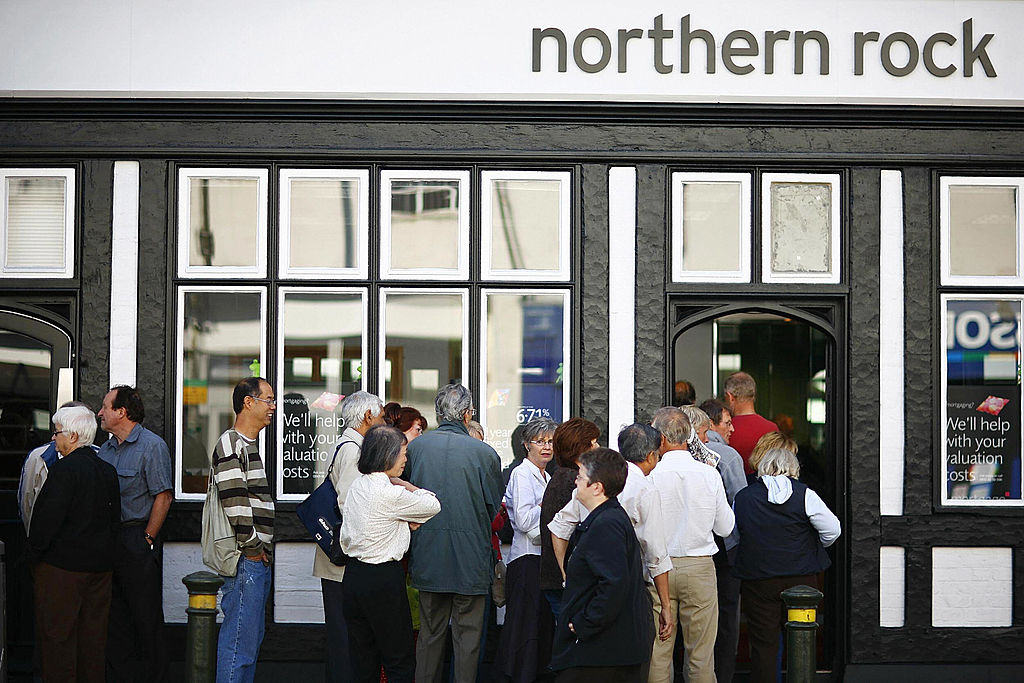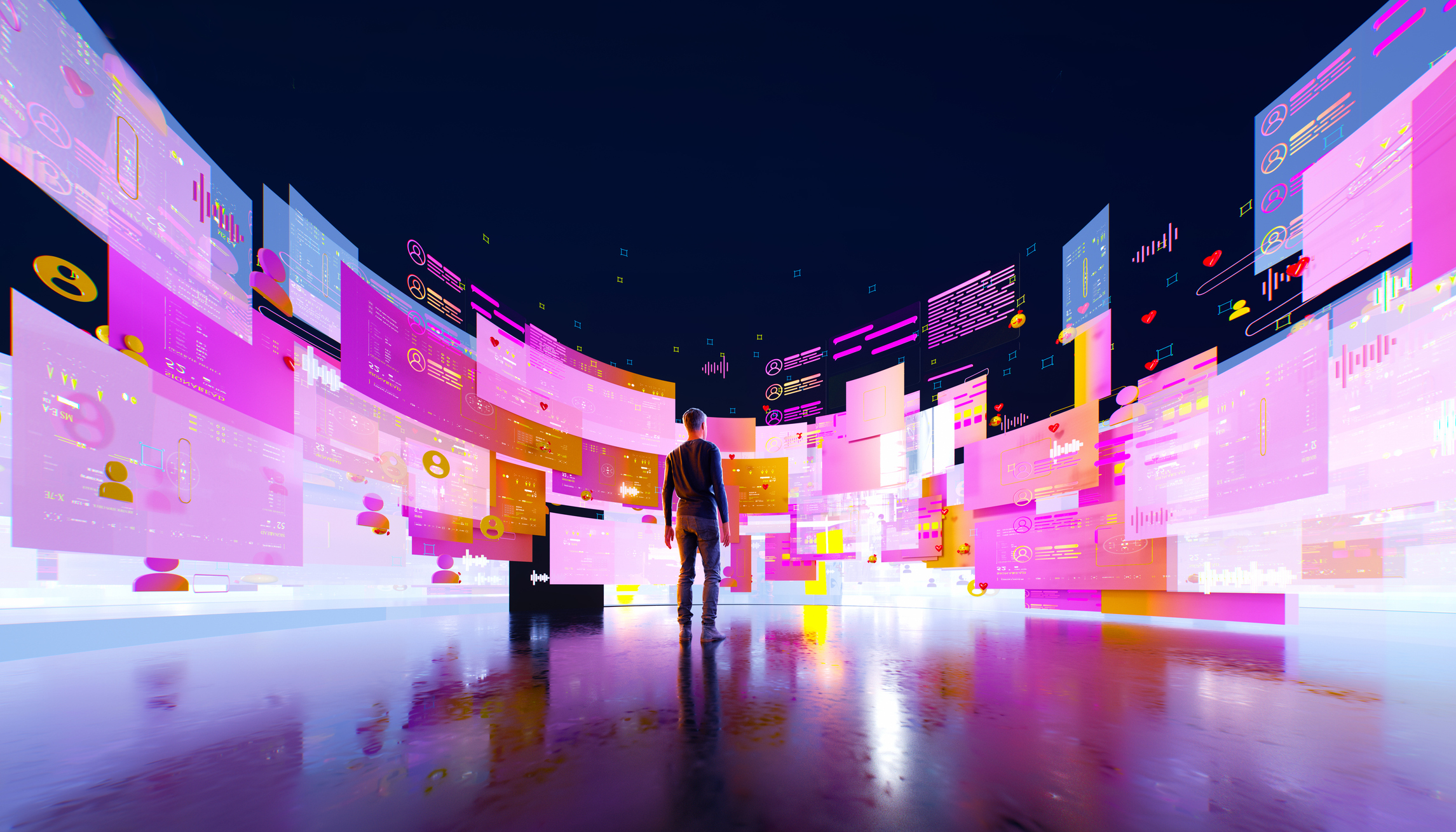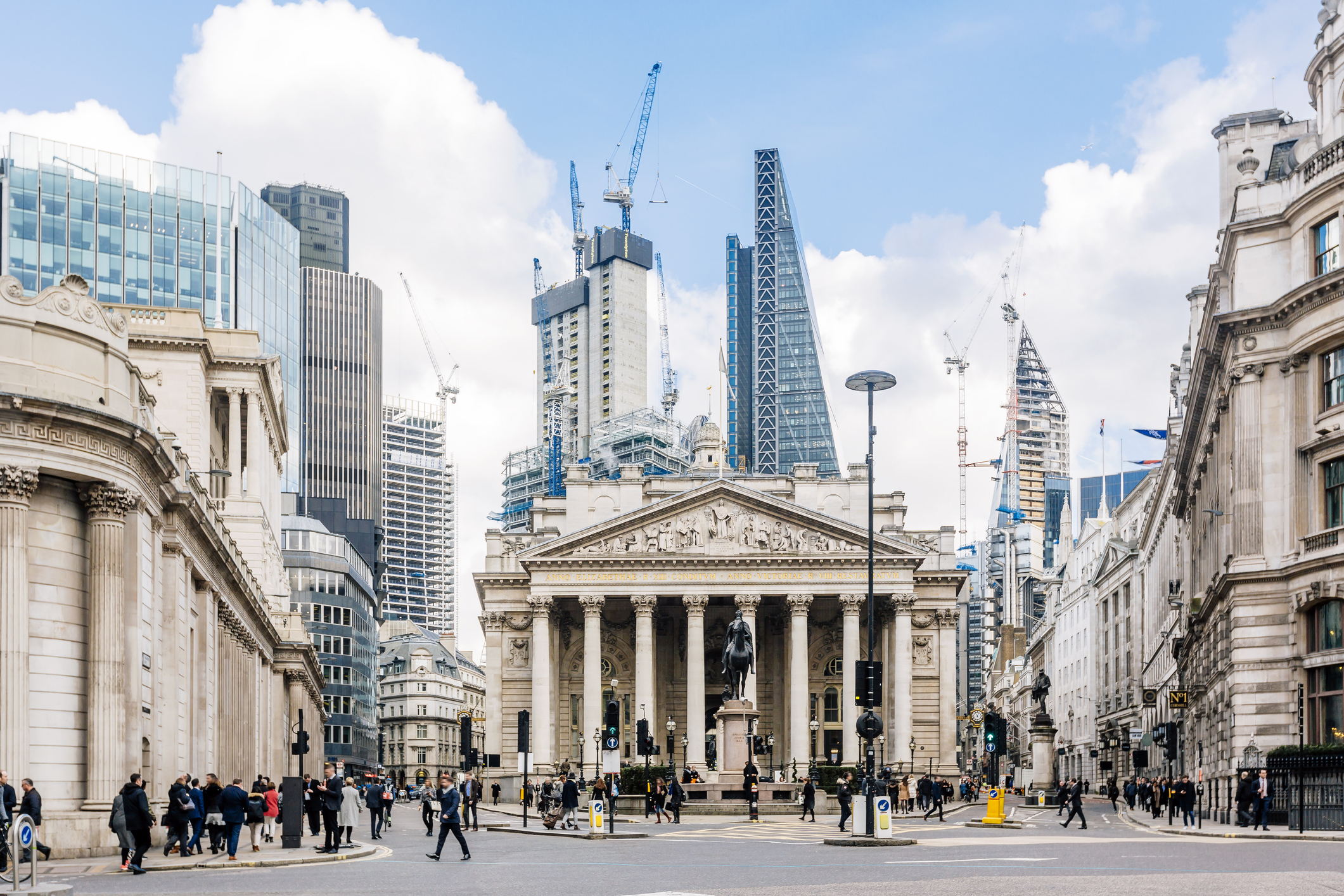Could gold ownership be outlawed?
In the past, governments have tried massive interest rate hikes and the outlawing of gold ownership in order to protect their currency. But what can be done this time round to restore investors' faith in cash?
On the morning of Wednesday, 16th Sept. 1992, the Bank of England in London hiked UK interest rates from 10% to 12% the biggest jump in more than eight years.
The Old Lady promised a further hike to 15% for later that same day, too.
Why the surge in borrowing costs? The Old Lady wasn't trying to kill inflation. She was trying instead to defend the Pound Sterling. Somebody had to.
MoneyWeek
Subscribe to MoneyWeek today and get your first six magazine issues absolutely FREE

Sign up to Money Morning
Don't miss the latest investment and personal finances news, market analysis, plus money-saving tips with our free twice-daily newsletter
Don't miss the latest investment and personal finances news, market analysis, plus money-saving tips with our free twice-daily newsletter
Protecting the currency: interest rates and the ERM
Speculators across the world, most famously George Soros, had got it into their heads that Europe's exchange rate mechanism (ERM) the precursor of today's Eurozone currency system was about to collapse.
Britain was three years into a house-price collapse, and the ensuing recession had put more than a million people out of work. Both Sterling and the Italian Lira looked horribly over-valued inside the ERM's 'trading bands' set two years earlier.
Or so the speculators thought. And the speculators were right, as it turned out. The Bank of England was wrong. By the close of trade on that autumn day in 1992, the United Kingdom had abandoned the ERM. It had also spent the equivalent of $1.6 billion, trying to prop up the Pound.
George Soros, on the other hand, was $1 billion richer. And Sterling interest rates were cut back to 10.5% the very next day.
Two years later, higher interest rates failed to defend the Mexican Peso. The government in D.F. had squandered more than 80% of its foreign reserves in 1994 trying to prop up the currency. Its devaluation in December scared foreign investors so badly, they deserted Mexican bond auctions despite interest rates topping 40%.
Yet again, the markets were right and the government was wrong. The Mexican Peso had already lost half its value against the US Dollar in just 12 months. Over the next five years, it halved again.
Protecting the currency: outlawing gold
This same mistrust of money at any price also whacked the US Dollar in the early 1930s...even as deflation hit and the value of money seemed to be rising.
The Great Depression led American citizens to hoard gold before cash. 'During 1932 the US Federal Reserve raised its discount rate to defend the Dollar,' as Sam Hewitt noted for Sun Valley Gold in a paper 10 years ago. But fearing an imminent devaluation of the Dollar, 'the American public continued to hoard non-interest bearing gold.'
The American public was right to fear devaluation just as the Sterling raiders and foreign investors fleeing the Peso were right to mistrust rising interest rates, too.
In the end, it took the Presidential executive order of 5th April 1933 to force US citizens back into the Dollar. President Roosevelt made gold ownership illegal, punishable by $10,000 fines and/or imprisonment.
He also devalued the Dollar by 40% at a stroke.
How to resite confidence in cash
Fast forward to March 2007. Investors, householders, businesses and governments right across the developed world now refuse to hold cash. They'd rather spend it, gear it up for investment, lend it out or swap it for financial assets any financial assets rather than hoard it.
But no one's refusing to accept money in payment, not yet. So the issue of what it would take to restore confidence in official currency including the Dollar...Sterling...Euros...Pesos and all the rest looks purely academic. Today's disdain for paper currency remains a long way from loathing.
Right?
'Gold is a depletable resource,' wrote David Ranson of H.C.Wainwright & Co. for a World Gold Council research paper in 2005, 'and large discoveries are becoming increasingly rare. Thus gold's purchasing power will remain stable, and its role as a measuring rod will become still more secure.'
Ranson's study found that changes in the price of gold bear a 0.50 correlation with consumer-price inflation 12 months down the road. Oil prices, on the other hand, have only a 0.23 correlation with the cost of living one year later. That conclusion might be at odds with the received wisdom of CNBC and Bloomberg pundits. But rather than gold acting as 'an inflation hedge', the metal in fact gives us a lead indicator of inflation in the cost of living.
Why gold is the best inflation measure
Put it another way, and that means gold signals the forthcoming devaluation of paper money.
'Inflation is a monetary phenomenon,' Ranson went on, 'by which we mean it is governed by the purchasing power of a currency in terms of 'hard money' benchmarks. How to tell whether government actions are combating or accommodating inflation? Watch gold, not oil.'
The US Fed once knew this, too. It might still do today according to the debate that rages over illegal manipulation of the gold price in the open market. But under Paul Volcker, the famously tall chairman from 1979-87, the Fed clearly saw gold as barometer of inflationary expectations.
At one policy meeting in late '79, the Fed committee noted that 'speculative activity' in the gold market was spilling over into other commodity markets. An official at the US Treasury called the gold rush 'a symptom of growing concern about world-wide inflation.'
'There was a kind of great speculative pressure,' said Volcker in a PBS interview of Sept. 2000. 'We had to deal with inflation.'
'It was the years when everybody wanted to buy collectibles from New York. The market was booming, and other markets of real things were booming because people had got the feeling that things were inflating and there was no way you could stop it.'
Volcker hit on one way of stopping inflationary expectations, however. He took US interest rates to 19% and stopped the great gold speculation dead in its tracks.
His strong medicine also took real US interest rates above and beyond increases in the cost of living to more than 9%. That destroyed long-dated bond prices, but no one wanted them anyway anymore. Treasury bonds had become known as 'certificates of confiscation'. Only high real returns, guaranteed by the US government, could entice fresh finance via the bond market once again.
So far, no one's prescribing the same kind of strong medicine for paper money today. But how might this slow-motion destruction of confidence in government-issued currency be resolved in the long run?
It might take more than a few 0.25% hikes in interest rates. But if Washington were to make owning gold illegal once again just as it did to defend the Dollar in 1933 at least US investors now have the option of hoarding physical gold offshore...beyond the reach of their government's caprice and diktat.
Adrian Ash is head of research at BullionVault.com, the fastest growing gold bullion service online. Formerly head of editorial at Fleet Street Publications Ltd, he is also City correspondent for The Daily Reckoning in London, and a regular contributor to MoneyWeek.
Get the latest financial news, insights and expert analysis from our award-winning MoneyWeek team, to help you understand what really matters when it comes to your finances.
Adrian has written all things gold related from if it’s worth buying, what the real price of gold should be and what’s the point of gold for MoneyWeek. He has also written for other leading money titles on his gold expertise including Business Insider, Forbes, City A.M, Yahoo Finance and What Investment Magazine. Now Adrian is head of the research desk at BullionVault, a physical market for gold and silver for private investors online.
-
 Investors will reap long-term rewards from UK equities
Investors will reap long-term rewards from UK equitiesOpinion Nick Train, portfolio manager, Finsbury Growth & Income Trust, highlights three UK equities where he’d put his money
-
 The graphene revolution is progressing slowly but surely
The graphene revolution is progressing slowly but surelyEnthusiasts thought the discovery that graphene, a form of carbon, could be extracted from graphite would change the world. They might've been early, not wrong.
-
 Why Scotland's proposed government bonds are a terrible investment
Why Scotland's proposed government bonds are a terrible investmentOpinion Politicians in Scotland pushing for “kilts” think it will strengthen the case for independence and boost financial credibility. It's more likely to backfire
-
 How have central banks evolved in the last century – and are they still fit for purpose?
How have central banks evolved in the last century – and are they still fit for purpose?The rise to power and dominance of the central banks has been a key theme in MoneyWeek in its 25 years. Has their rule been benign?
-
 Buying vs renting: is is better to own or rent your home?
Buying vs renting: is is better to own or rent your home?The higher mortgage rates of recent years have actually made renting comparatively cheaper, analysis suggests. But there are hidden costs to long term renting.
-
 Is Britain heading for a big debt crisis?
Is Britain heading for a big debt crisis?Opinion Things are not yet as bad as some reports have claimed. But they sure aren’t rosy either, says Julian Jessop
-
 Why investors can no longer trust traditional statistical indicators
Why investors can no longer trust traditional statistical indicatorsOpinion The statistical indicators and data investors have relied on for decades are no longer fit for purpose. It's time to move on, says Helen Thomas
-
 How will markets react to the next Bank of England rate decision?
How will markets react to the next Bank of England rate decision?The Bank of England is due to announce its latest interest rate decision on Thursday, 2nd November, but how will markets react?
-
 Halifax: House price slump continues as prices slide for the sixth consecutive month
Halifax: House price slump continues as prices slide for the sixth consecutive monthUK house prices fell again in September as buyers returned, but the slowdown was not as fast as anticipated, latest Halifax data shows. Where are house prices falling the most?
-
 Retail bond paying 8.25% launches – should you buy it?
Retail bond paying 8.25% launches – should you buy it?A new bond from alternative property lender LendInvest looks eye-catching but how do retail bonds work, and what are the risks?